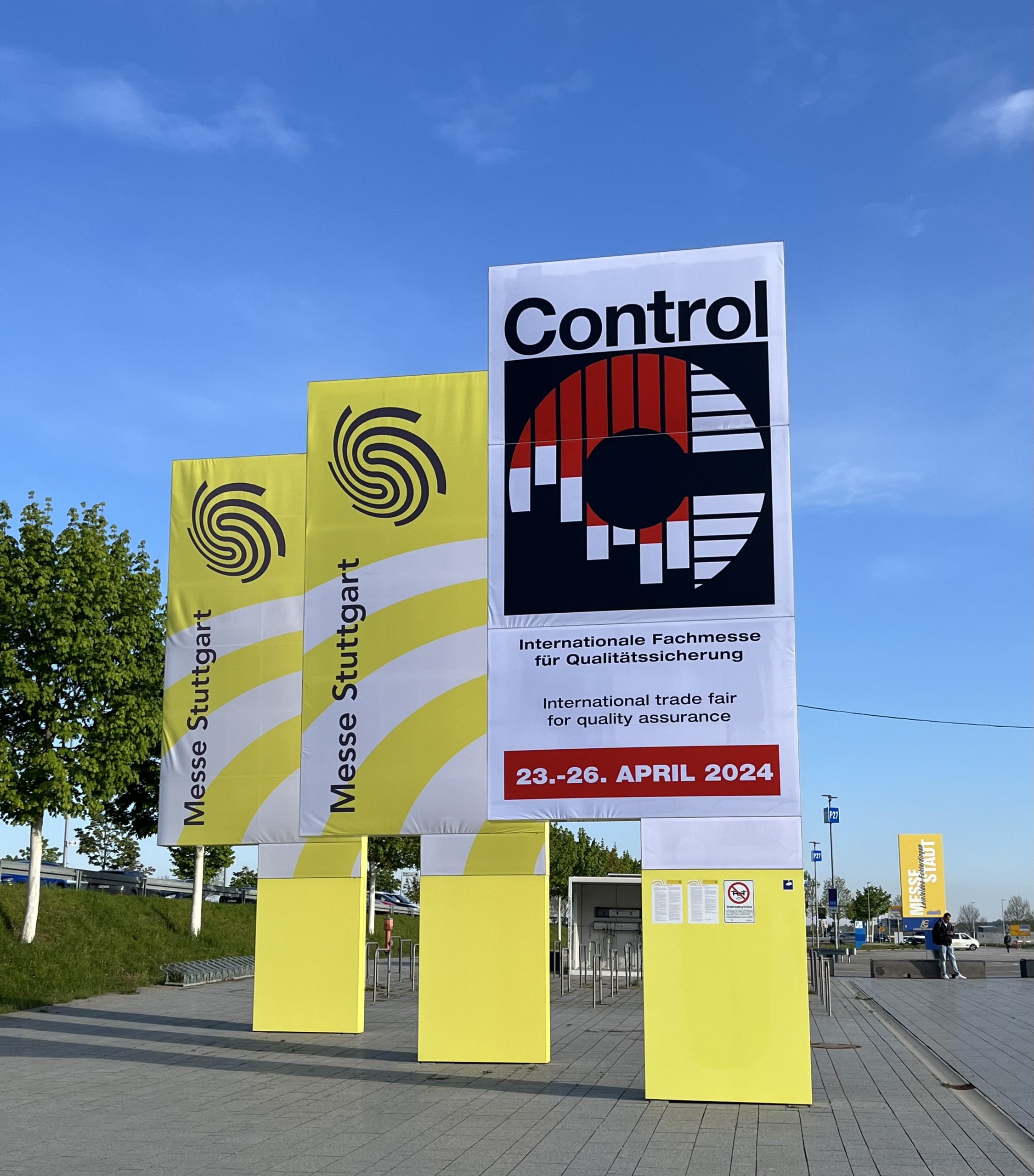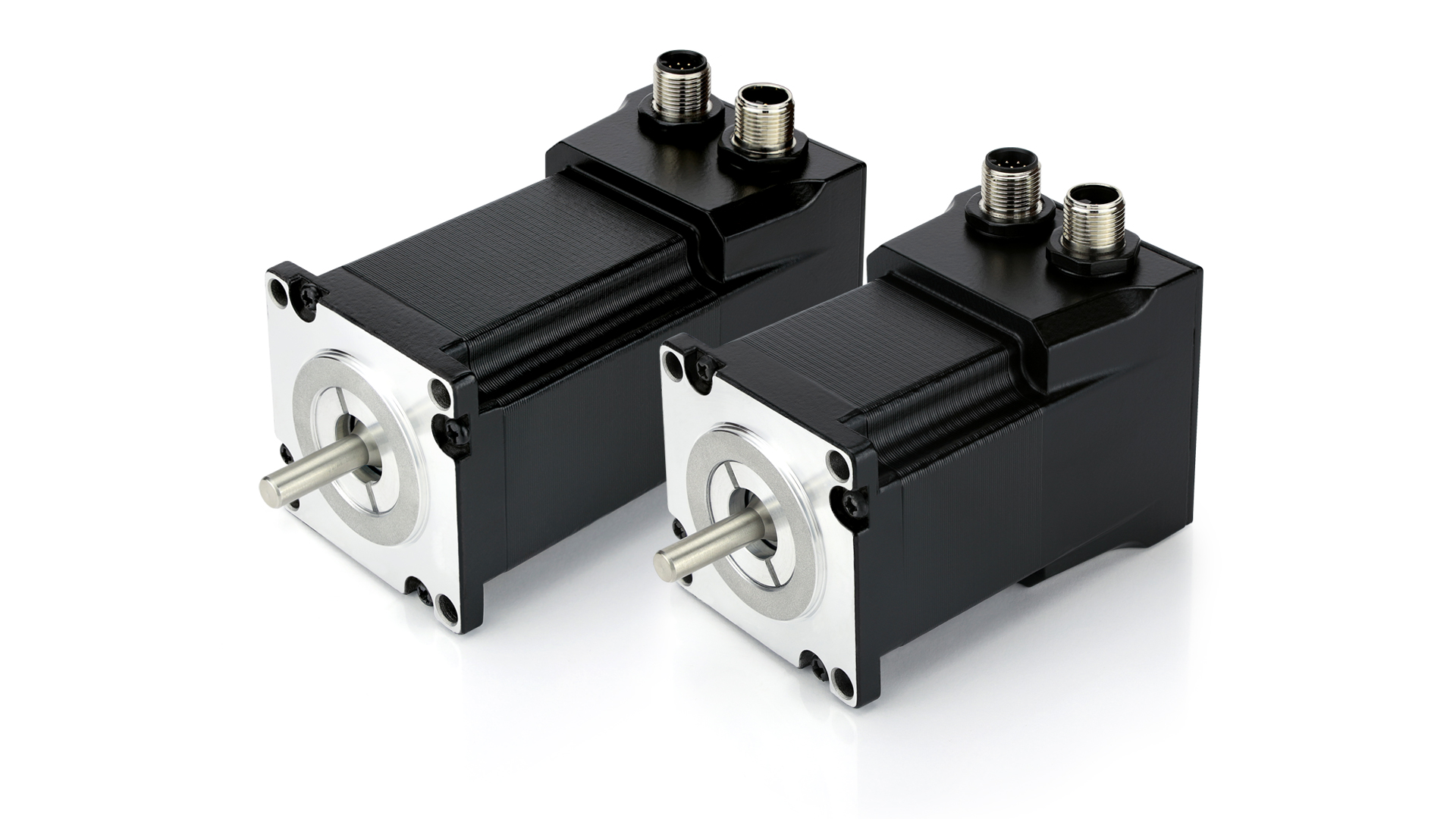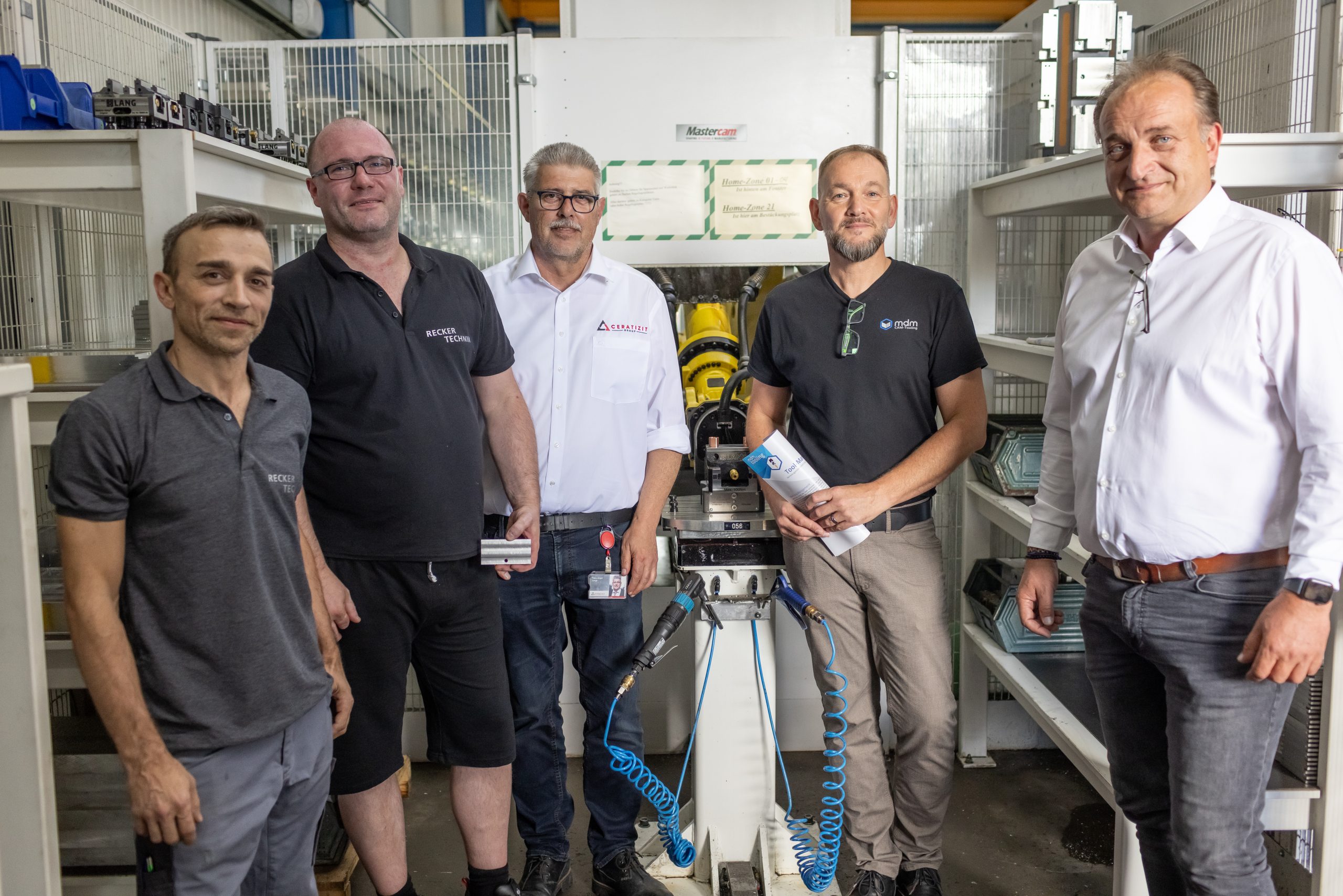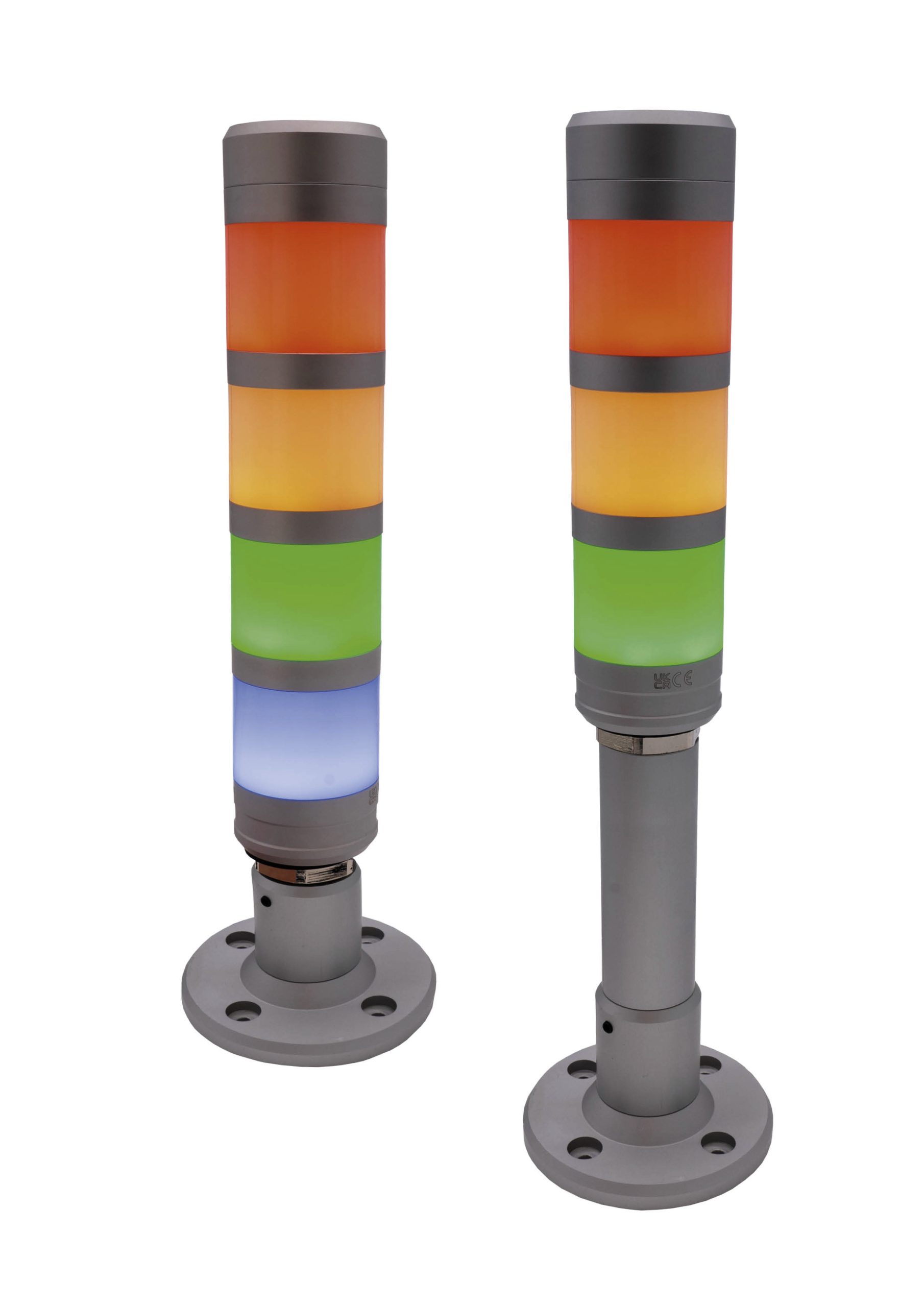Most recently, I had the opportunity to attend a session on the \’Secrets of Highly Effective HMIs\‘ at the Inductive Automation user conference. The presenter, Carl Gould, co-director of software engineering at Inductive Automation, began by stating that his presentation was largely drawn from the \’High Performance HMI Handbook\‘. To illustrate the value of a less graphic-heavy approach to HMIs, Gould shared data from the ASM Consortium comparing graphic-heavy HMIs to those designed using the principles espoused in the handbook. One of the data points Gould highlighted noted that early detection of faults using graphic HMIs was ten percent versus 48% using the simpler \’High-Performance HMI\‘ design. To move past the sheer attraction of highly graphical HMIs and toward a more effective design, Gould says it\’s important to realize that the first goal of a highly effective HMI is to \“turn data into information. To do this, you have to put the data shown on the HMI into context to make it useful. For example, having a temperature reading next to a motor on the HMI is good, but that doesn\’t tell you if the temperature shown is too high, too low, average, or is something you should be concerned about\“, he says. The next goal of a highly effective HMI is \“speed of interpretation\“, Gould says. An operator should be able to gather information from the HMI at a glance. One of the more effective means of doing this is via a graphical charting element known as a radar chart or spider plot. This kind of chart \“takes advantage of human pattern recognition\“, Gould says. A quick Google search of \’radar chart\‘ or \’spider plot\‘ will show you several examples if you\’re unfamiliar with the term. To under it in an industrial application, consider a radar chart displaying asset temperatures on an HMI. If everything is running perfectly, the temperature line connecting the radii of assets tracked will appear as a circle – or close to it – on the chart. This means that the radar chart can be very useful at highlighting anomalies in multi-variant, data dense displays. In these charts, any outliers are shown as jutting out from the circle. The popularity of radar charts with operators at BASF was surprising to Dicharry. In his presentation at the PAS conference, he noted that many operators – who now design their own HMIs as part of BASF\’s \’control room of the future\‘ project – have often opted to use radar charts prominently in their HMIs. It\’s clear that HMIs are at some kind of inflection point in terms of which type of HMI design will win out in the long run. Which camp are you in? Feel free to share your opinion about highly graphical or simple HMIs and which you prefer and why.
David Greenfield is Director of Content for Automation World. He has been covering industrial technologies, ranging from software and hardware to embedded systems, for more than 20 years. Prior to joining Automation World in June 2011, David was Editorial Director of UBM Electronics\‘ Design News magazine, which covers system and product design engineering. He moved to UBM after serving as Editorial Director of Control Engineering at Reed Business Information (a division of Reed Elsevier Inc.), where he also worked on Manufacturing Business Technology as publisher, several years earlier. In addition, he has held editorial positions at Putman Media and Lionheart Publishing.









